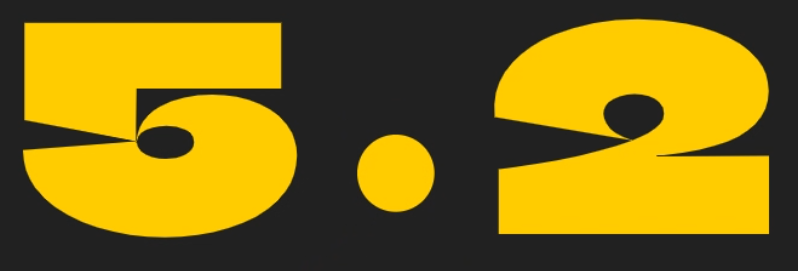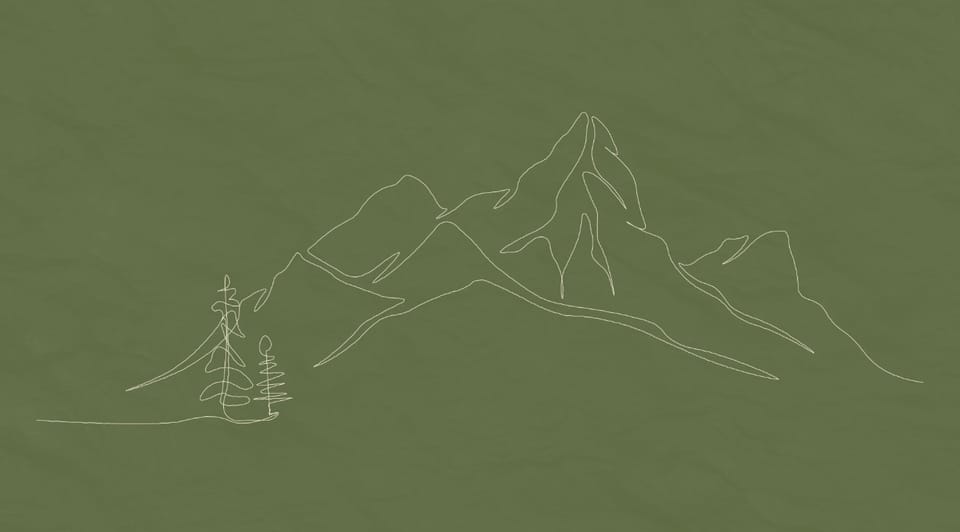Jitterbug

Graham introduced us to a figma plug-in this week - called jitter. Using the elements placed within a figma page, along with similar yet more intuitive
controls of adobe after effects, the elements can be manipulated to be animated, using preset transitions to make elements appear and disappear, or more in depth controls to move elements, scale them, or give them a shadow.
Solar System
Solar system animation. This was the instructed practice run of the system, in which we, in sequence, made each element of the solar system design appear in
a different way to try out the set animations.
leeds.graphics
Leeds.Graphics Instagram publicity post. In this personal design, i practiced with sequencing and both appear and disappear animations in order to give the design an interesting sense of pace and storytelling. I also used the colour animation to give the background a smooth looping colour transition, which was interesting to play with.
5.2 opening
Here is the third and final jitter design that i created. Mainly making use of the more complex animation elements to move elements around the screen. The most challenging part being the double colour inversions, due to the fact that i had to time an animation to disappear one colour, and then reveal the second colour slightly staggered which i think has made a smooth transition. I imagine this
sort of design could be used to fill space during a presentation, in order to feed peoples interests, or to begin a presentation of some sort.
I really liked using Jitter, it was super intuitive and really fun to work with, and whilst i havent been the biggest fan of figma in the past, having this be an option
to use alongside when i use figma in the future, it makes me want to use it more. Jitter is definitely a tool i would see myself continuing to use in the future.

